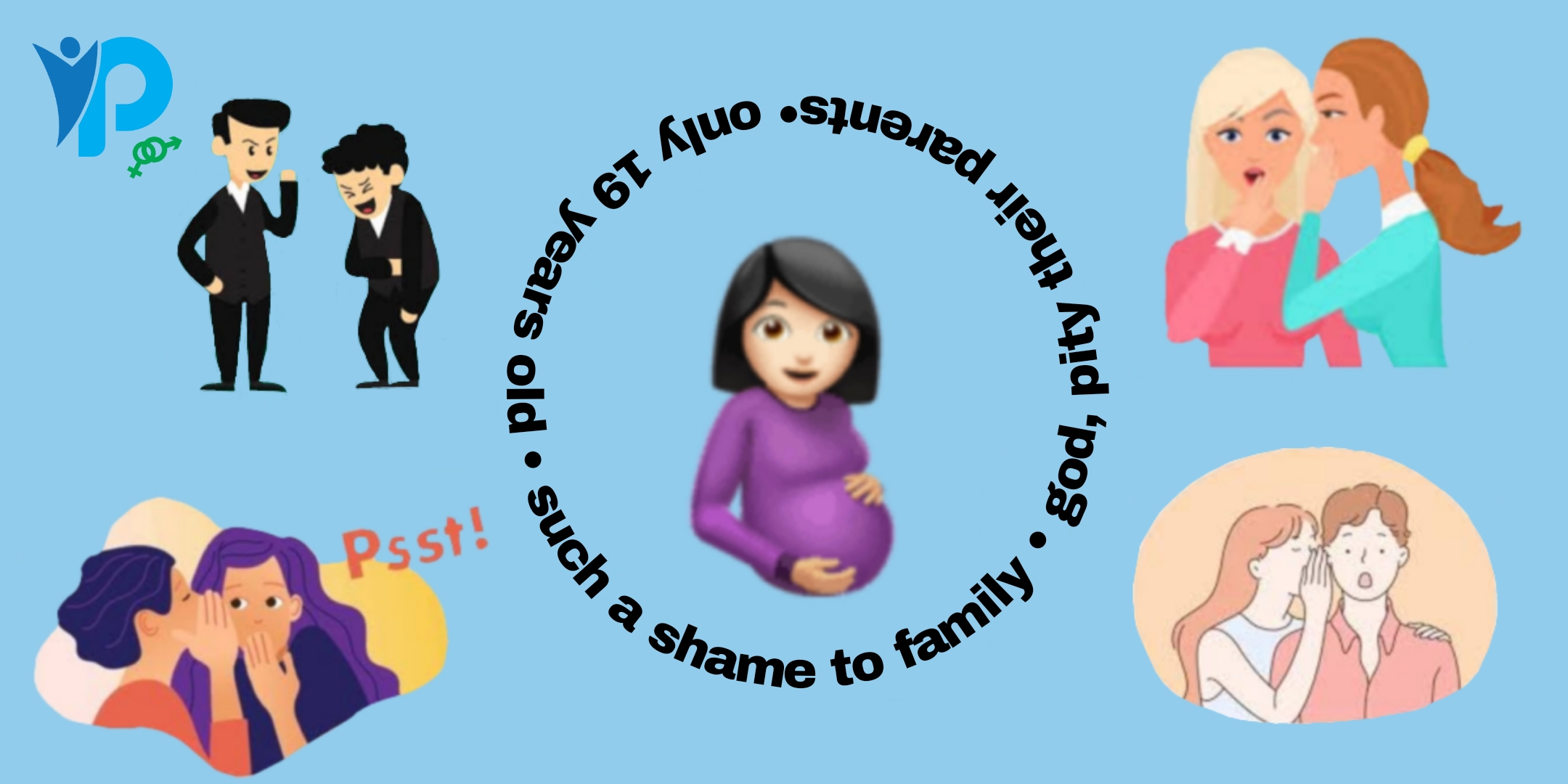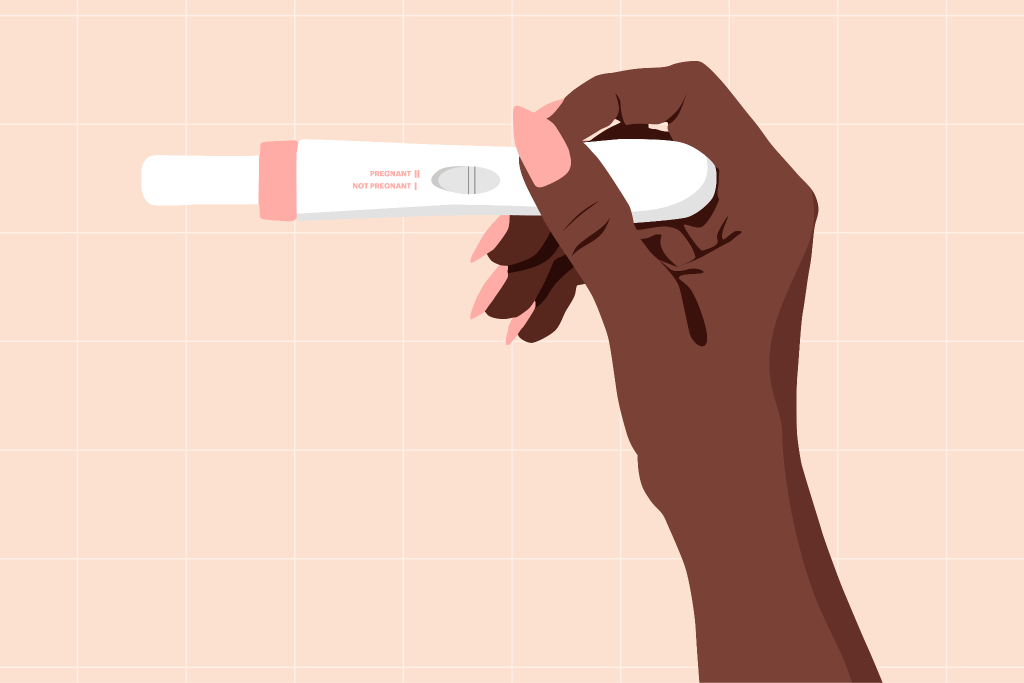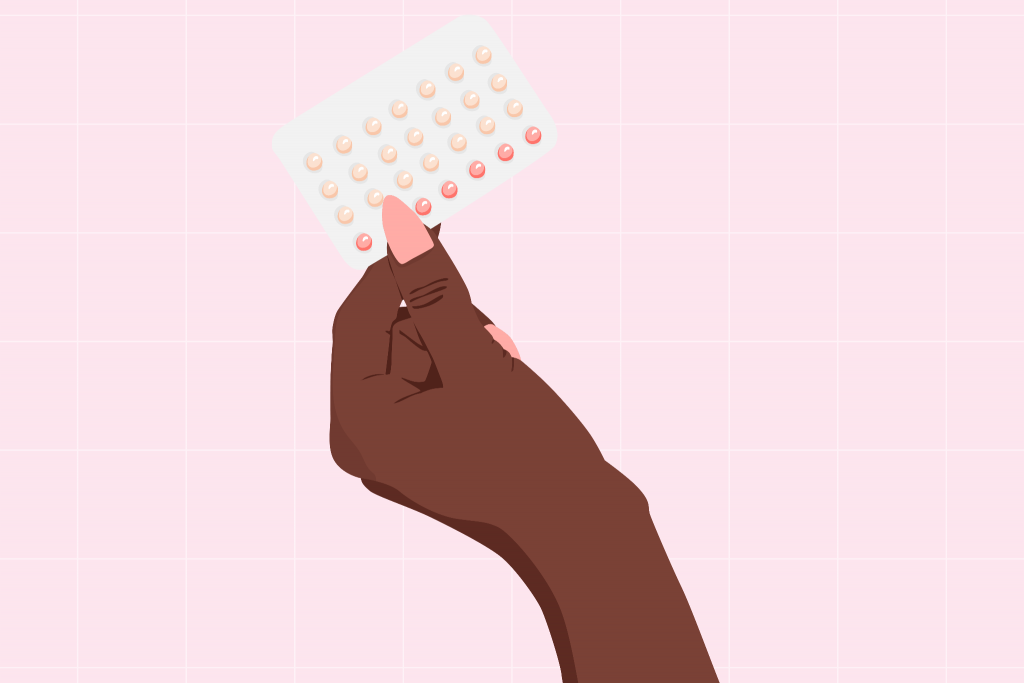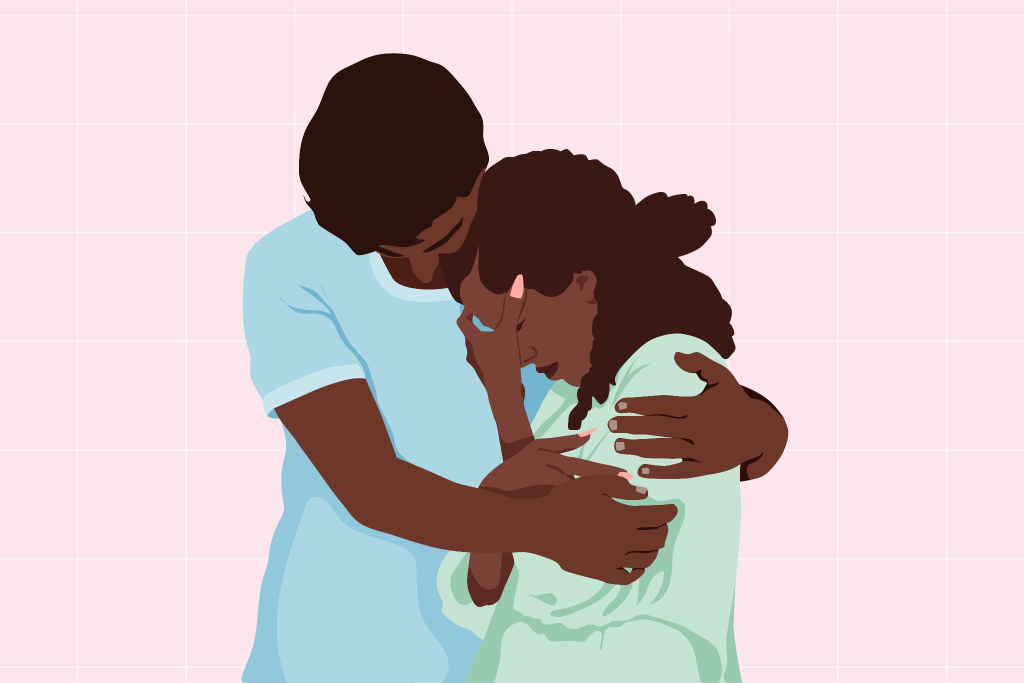
Realities And Risks Of Teenage Pregnancy
Adolescence can be a challenging time with all the questions about sex, sexuality, and sexual identity. Honestly, all of it can be too confusing, particularly when we have no guidance at all. Sometimes one may end up in a circumstance no one prepared them for, pregnancy. Finding oneself to be a pregnant teenager can come down as shocking not only to the individual but also to family and friends.
Simply put, teenage pregnancy or adolescent pregnancy is when a person under the age of 20 gets pregnant. Teenage pregnancy, in most countries, is a matter of social stigma, and the individual is faced with socio-economic disadvantages and ostracization.
Firstly, let us look at some key stats
As reported by the WHO and Feminism in India,
- Around 12 million persons aged 15–19 years and at least 777,000 persons under 15 years give birth each year in developing regions.
- Roughly 11.8 million teenage pregnancies were reported in India during 2017.
- Of the estimated 5.6 million abortions that occur each year among adolescents aged 15–19 years, 3.9 million are unsafe.

So, what factors contribute to teenagers ending up at this crossroad?
Adolescent pregnancies are caused due to a myriad of intersectional causes. Some key factors include lack of education, inaccessibility to contraception and health information, and autonomy over decision-making.
Globally when we look at the facts and figures, we see an apparent disparity between rural-urban and privileged-unprivileged communities when it comes to teen pregnancy. The underlying cause of this disparity can be linked to poverty and lack of access to proper sex education and contraceptives.
Responsible and scientifically accurate sex education should begin in kindergarten and progress in an age-appropriate manner throughout high school. However, this is not the case in most countries, particularly developing countries. Sex is often regarded as a taboo topic. With adults tiptoeing around the subject, adolescents are often deprived of basic knowledge of sex and safe sex practices. Teenagers are left with their only source of information being their peers, who may be as unaware as them. They are left with no knowledge of the contraceptive options and how to properly use them.
Lack of accessibility to contraceptives is another hindrance that gets in the way of safe sexual practices. The use of contraceptives continues to be shrouded in shame, discouraging people from using them.
Another leading cause of teen pregnancy, particularly in developing countries, would be child marriage. Girls are coerced into marriages before legal age and pressured to give birth. Very often, they may “choose” to get pregnant as they have limited educational or employment prospects.
An additional cause of unplanned pregnancy includes sexual violence, which is widespread. According to WHO, more than a third of girls in some countries report that their first sexual encounter was coerced.

What are the consequences of adolescent pregnancies?
Teen pregnancies pose severe mental and physical health threats to both the parent and the baby. These pregnancies are also associated with a heightened risk of miscarriage, maternal illness, stillbirths, and neonatal death. The children born from such pregnancies very often experience low birth weight and developmental problems. Complications arising from pregnancies and childbirth are the foremost cause of death amongst persons aged 15-19. Teen pregnancies also make them more vulnerable to eclampsia, postpartum endometritis, and other infections. Furthermore, unsafe abortion practices are much higher in adolescents, putting them at the risk of lasting health problems and even death.
Adolescent pregnancies are associated with not only health risks but also several socio-economic consequences. Teen pregnancies make it less likely for the person to complete their education, which throws them into a cycle of poverty. Education plays a significant role in empowering a person and making them financially independent. Becoming a parent at such a young age affects the educational and employment prospects of the person. Healthcare is expensive. Getting pregnant and having to raise a child exacerbates the financial burdens.
Teen pregnancies are most often received with stigma and rejection. Negative stereotypes have continued to dominate the understanding of teenage pregnancy. Teenage parenting is commonly linked to irresponsibility and incompetence. This shame attached to being a pregnant teenager often leads teenagers to be isolated from their family and friends.

Conclusion
Hurdles of early marriage, adolescent pregnancy, anemia, and high incidence of maternal mortality continue to persist. The pressing priority, especially in developing countries like India, is to remove the veil of shame surrounding the subject of sex. A compulsory and comprehensive sex education that progresses in an age-appropriate manner must be made accessible to everyone. No one should be denied the chance to make an informed decision about matters that affect their reproductive health.
Cover Illustration: Tanvi Mohanty
Author

